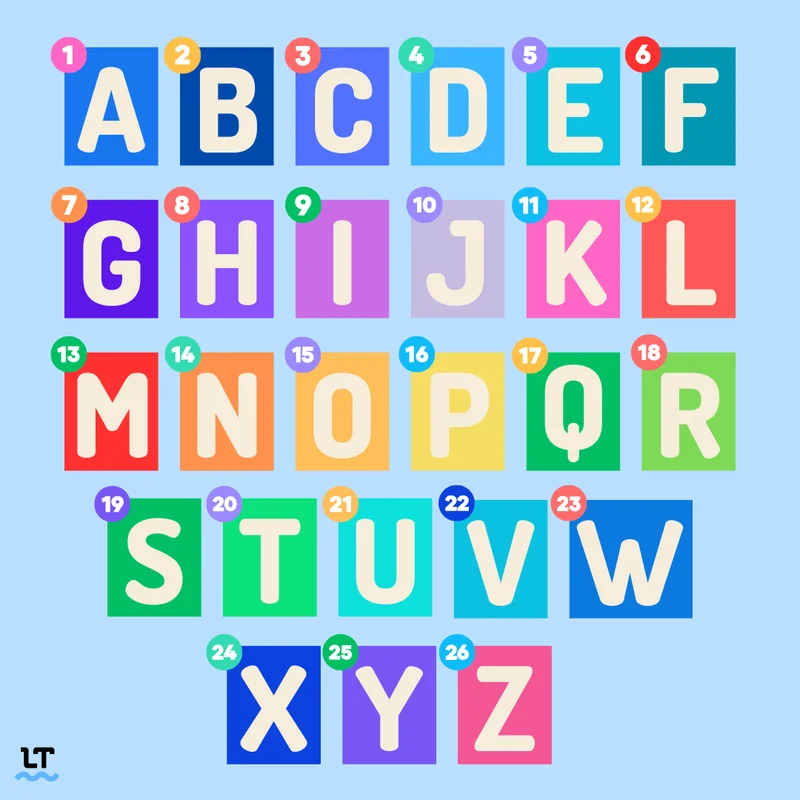Alphabet Stock Price: The AI Breakthrough Reshaping Its Future
Beyond the Jitters: Why AI's New Competitive Landscape is a Catalyst for Unprecedented Innovation
You know, when the news broke about Meta potentially leveraging Google’s AI chips, sending ripples through the market and causing a bit of a tumble for some of our tech giants like Nvidia and AMD, I confess, a little spark of pure joy ignited in me. Seriously! Because while the headlines might scream "stock drop" or "nervous investors," what I see is something far more profound, far more exciting: the accelerating diversification of the AI ecosystem. This isn’t a sign of weakness; it’s the sound of a truly robust, competitive future being forged, right before our very eyes.
For years, Nvidia has been the undisputed titan, the gold standard, the rockstar of AI hardware, and for good reason—their GPUs are phenomenal. But let's be honest, relying on a single dominant player, no matter how brilliant, isn't the recipe for truly explosive, democratized innovation. It's like having only one kind of seed for all your crops; what happens if that one seed suddenly faces a blight? The market's reaction, with Alphabet stock jumping while others dipped, isn't just about who's up or down on a Tuesday morning; it's a profound signal that the AI arms race, as some call it, is getting wonderfully, messily, brilliantly complex.
The Great Diversification: More Players, More Possibilities
Think about it this way: for a long time, the AI hardware landscape felt a bit like a single highway, with Nvidia’s GPUs as the undisputed super-express lane. Now, what we’re witnessing is the construction of multiple, equally impressive, and crucially, different highways. Meta, one of the most voracious spenders in the AI game, is looking to pour billions into infrastructure, and the idea of them tapping into Google’s custom Tensor Processing Units (TPUs) isn’t just a business deal; it’s a paradigm shift. Google Cloud, as their spokesperson confirmed, is committed to supporting both their custom TPUs and NVIDIA GPUs, which, in simpler terms, means they're building a truly multi-lane, multi-vehicle future for AI.

This isn’t just about Meta saving a buck, though I’m sure that’s part of the calculus. This is about architectural diversity. TPUs are designed from the ground up for specific AI workloads, offering incredible efficiency for certain tasks. When a company like Meta, with its vast data centers and insatiable demand for AI compute, starts integrating these diverse tools, it pushes everyone to innovate harder, faster, and smarter. It’s a beautiful, brutal ballet of innovation, where every major player is forced to sharpen their edge. And what about the ripple effect? AMD, Intel, Micron, TSMC — their dips, while painful in the short term, are a wake-up call, a demand for them to accelerate their own unique contributions to this burgeoning ecosystem. It’s not a zero-sum game; it’s a positive feedback loop, a competitive dance that ultimately benefits us all by making AI more powerful, more accessible, and more specialized.
Beyond the Hype: Building a Resilient Future
There’s always talk of an "AI bubble," especially when a sector sees rapid growth followed by volatility. We heard Michael Burry sounding the alarm, and sure, Nvidia shares are down 12% from their October peak – but let's not lose sight of the bigger picture: they’re still up 32% year-to-date! Alphabet, on the other hand, is up a staggering 67% in 2025. What does this flurry of activity mean for the real breakthroughs we're all waiting for? It means they're coming faster.
This movement isn't just about market cap; it's about engineering ingenuity. Imagine the sheer brainpower, the relentless drive, the late-night coding sessions happening right now across these companies, all spurred by this intense competition. Broadcom, which helps Google design its chips, saw an 11% jump, showing us that the entire supply chain gets energized by this kind of strategic play. This is the kind of breakthrough that reminds me why I got into this field in the first place, seeing human ingenuity pushed to its absolute limits.
It’s easy to get caught up in the daily gyrations of stock prices, to hear a market analyst say, "investors seem quite nervous currently," and feel a chill. But I urge you to look past the immediate jitters. This isn't nervousness; it's the creative friction of progress. It's the sound of multiple engines roaring to life, not just one. Could this be the spark that ignites an even more distributed, resilient AI ecosystem, one that isn't beholden to a single vendor or a single architecture, but instead thrives on a rich tapestry of specialized hardware and software? When we build a foundation with diverse strengths, we build something far more stable, far more capable of weathering any storm. And with such immense power being built, we, as a collective, must also remember the responsibility that comes with it – to ensure this incredible future serves all of humanity, ethically and inclusively.
